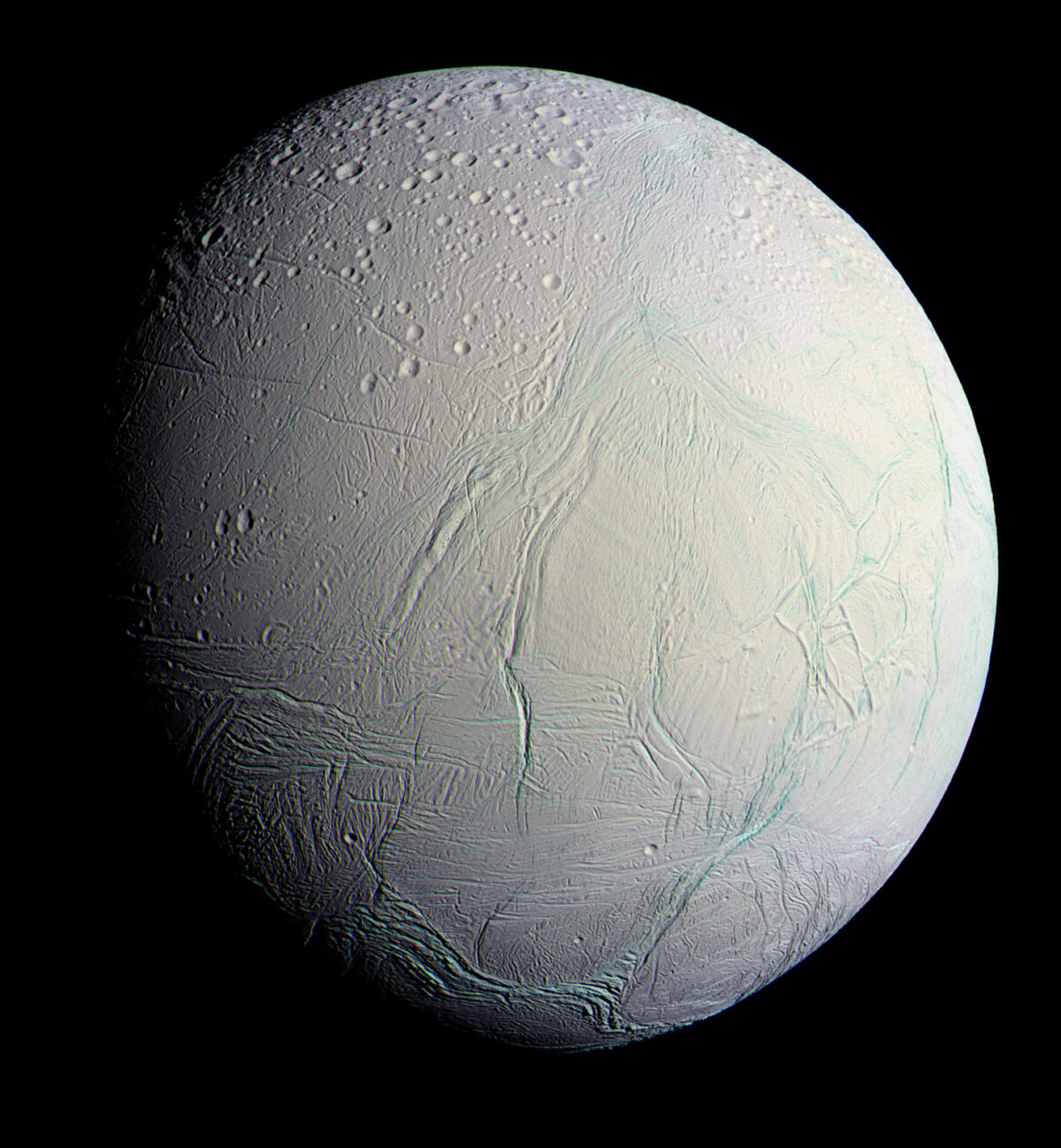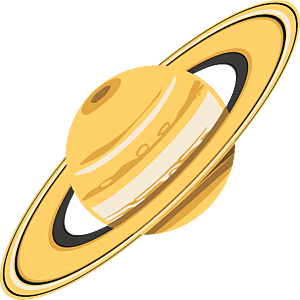The Downlink • Jul 23, 2021
The Icy Intrigue of Enceladus
Space Snapshot

Saturn’s moon Enceladus is the stuff of science fiction dreams. The stunningly beautiful little world offers tantalizing possibilities in the search for life. Under its icy crust is an ocean that harbors the ingredients necessary for life, plus conditions similar to those that may have sparked life on Earth. This image of Enceladus was taken by the Cassini spacecraft in 2015, combining infrared, green, and ultraviolet filtered images. Image credit: NASA et al.
You love space, now take action
This weekly newsletter is your toolkit to learn more about space, share information with your friends and family, and take direct action to support exploration. Anyone can subscribe at planetary.org/connect to receive it as a weekly email.
Mission Briefings


China’s Zhurong rover visited its own parachute on Mars. It’s all a little meta: in its journey around Utopia Planitia, the rover snapped this pic of its parachute and backshell, both of which helped it touch down safely on the Red Planet back in May. Zhurong was about 30 meters (98 feet) away from the objects. Image credit: CNSA/PEC.

On Tuesday, July 20, Blue Origin’s New Shepard vehicle completed its first fully crewed flight. Passengers on the suborbital mission included Blue Origin founder Jeff Bezos, his brother, Mark Bezos, aviation pioneer Wally Funk, and physics student Oliver Daemon. The crew experienced a few minutes of weightlessness above the Kármán line — the area many international entities recognize as the boundary of space — before returning back to Earth. For more information on New Shepard and Blue Origin’s space tourism ambitions check out our guide.

After a nail-biting month, Hubble is finally back up and running. The telescope’s team had been trying to fix an error in Hubble’s payload computer since June 13. The malfunction was pretty serious — whatever happened was causing the telescope’s science instruments to stop functioning, putting Hubble’s future in jeopardy. Thankfully, NASA staffers fixed the problem and observations restarted on June 17. We look forward to many more space views from the hard-working Hubble ‘scope.
From The Planetary Society


LightSail 2 unfurled its sails two years ago today. The Planetary Society’s crowdfunded solar sailing spacecraft is still in orbit, advancing our understanding of flight by light and sending back gorgeous images of our planet. All of this is possible thanks to over 50,000 people from around the world who came together to fund this groundbreaking mission. Thank you! Image credit: The Planetary Society.

Looking for an asteroid in the darkness of space is like looking for a needle in a haystack… only more difficult. Luckily, this year NASA approved NEO Surveyor, a space telescope that will make huge advances in the hunt for dangerous asteroids. Mission lead Amy Mainzer joins this week’s Planetary Radio to talk about the mission, the threat it’s helping to defend against, and the critical role of collaboration.

You can help missions like NEO Surveyor get the funding they need. If you’re a resident of the United States, send this petition to your member of Congress and the President to support increased funding for NASA's planetary defense efforts including NEO Surveyor.
What's Up

Low in the western sky in the early evening you’ll find super-bright Venus, setting shortly after the Sun. As the sky grows darker, look to the east for bright Jupiter and yellowish Saturn to its upper-right. These two will shine all night, crossing the sky and setting in the west before dawn. The Perseid meteor shower is underway and will continue through to the end of August, peaking around August 11 through 13. Learn more at planetary.org/night-sky.
Do you dream of being an astronaut?

Space for Humanity is a nonprofit organization working to sponsor people from around the world to go to space. They are seeking leaders from all walks of life to apply for the opportunity to see our world from high above and bring that perspective back to their work here on Earth, addressing our species’ greatest challenges and renewing the relationship between people and the planet. Learn more and apply today! Image credit: NASA.
Wow of the Week

The icy surface of Enceladus inspires more than just scientific curiosity. Canadian artist and graphic designer Fraser Hagen created this painting of ice fields on the Saturnian moon. You can also find this painting on the back cover of the December 2020 issue of our magazine, The Planetary Report.


 Explore Worlds
Explore Worlds Find Life
Find Life Defend Earth
Defend Earth

